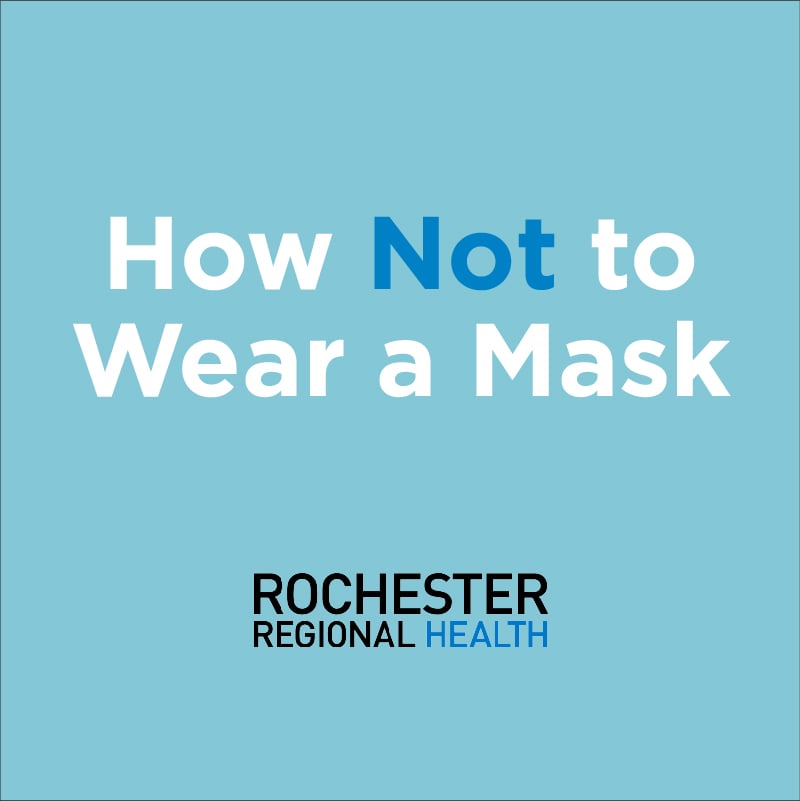The World Health Organization declared COVID-19 a pandemic because of the unusually fast rate in which the virus spreads. The new coronavirus has infected and killed millions of people worldwide. But what’s the difference between a pandemic and epidemic, and what does it mean to classify COVID-19 a pandemic?
What is an epidemic?
An epidemic is an outbreak of a disease that spreads quickly and affects many people at the same time. An outbreak occurs when there is a sudden increase in the number of cases of a disease, like COVID-19. It generally describes an increase that was not anticipated. An outbreak can occur in a community, geographical area or several countries.
Epidemic is often used broadly to describe any problem that has grown out of control. During an epidemic, the disease is actively spreading. Examples of past epidemics are the:
- 1918 Spanish flu
- measles outbreak from 1981 to 1991
- 2014 whopping cough
What is a pandemic?
A pandemic is a type of epidemic that relates to geographic spread and describes a disease that affects an entire country or the whole world. An outbreak becomes a pandemic when it spreads over significant geographical areas and affects a large percent of the population.
In short, a pandemic is an epidemic on a national or global level.
Examples of past pandemics are:
- flu pandemic of 1968
- HIV/AIDS pandemic
- bubonic plague
How is a pandemic different:
- affects a wider geographical area, often worldwide
- infects a larger number of people
- often caused by a new virus or a new strain of virus that has not circulated within people for a long time
- humans have little to no immunity against the virus and it spreads quickly
- causes more deaths
- often creates social disruption and economic loss
The terms pandemic and epidemic are never used to indicate the severity of the disease, only the degree at which the disease is spreading.
Why declare a pandemic?
Declaring a pandemic allows national and global public health agencies to respond to the situation at a higher degree.
The use of the term also highlights the importance of countries working together in the effort to control the pandemic. More than anything, declaring a pandemic works to raise awareness about the problem and increase measures to control it.
Learn the differences between COVID-19 and the flu
Coronavirus pandemic status
COVID-19 is declared a pandemic because of the speed at which it has spread globally.
The World Health Organization declares COVID-19 to be a controllable pandemic and continues to provide advice on precautionary practices and ways to stop the spread of the disease.









